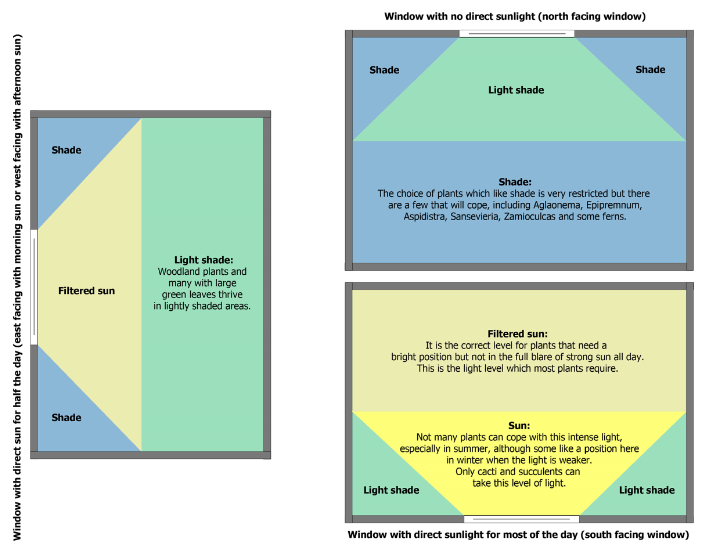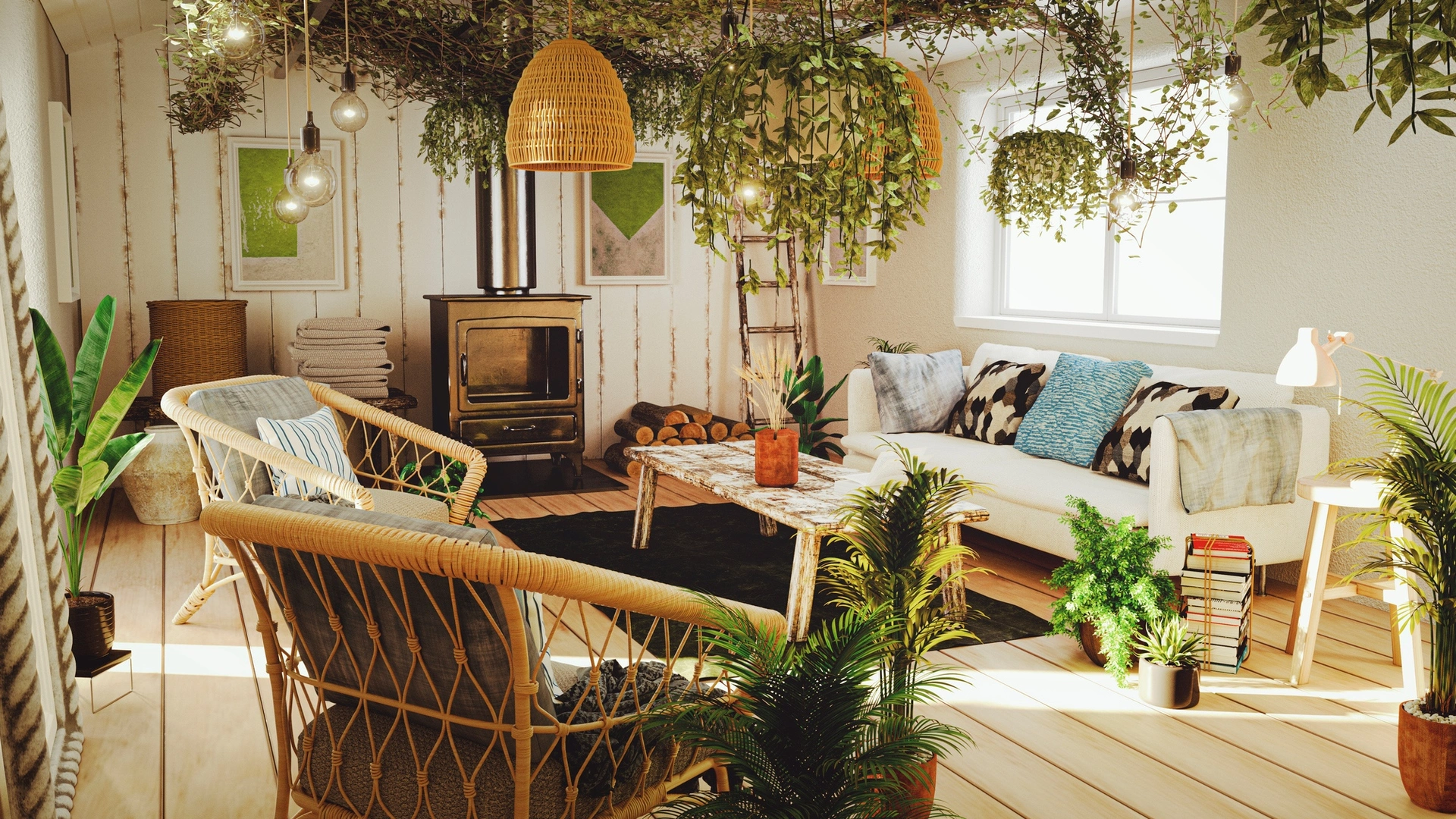9caf88
All the ‘need to know’ basics
Not only do they look great, but plants also offer a wide range of benefits, from aiding sleep to purifying air and improving concentration. But what to do when you start to accumulate a small home jungle? Apart from regular watering most require very little attention.
This short guide gives you all the hints and tips you will need, just remember to check the specific plant profile.
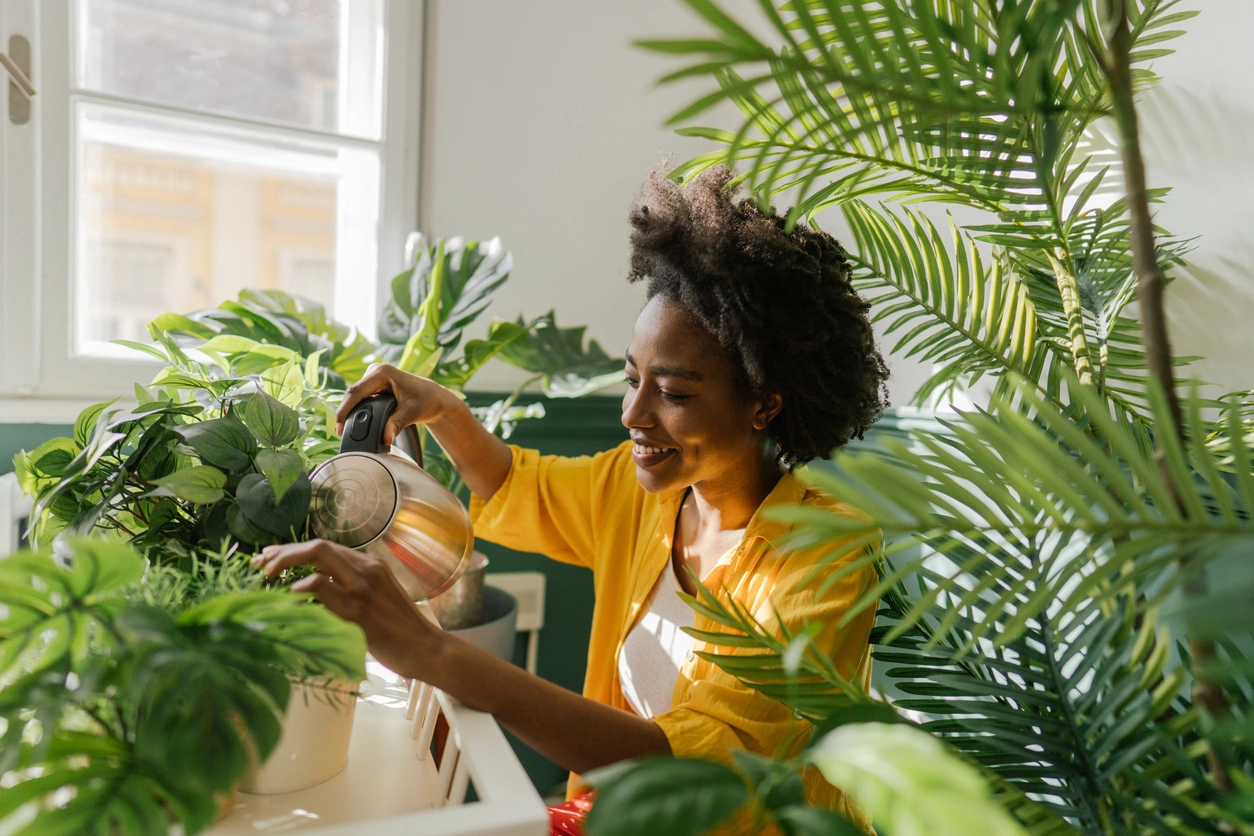
When to water
All plants require different levels of watering, so here are the golden rules.
- Firstly, check the plant profile for any specific requirements.
- Avoid over-watering! It is one of the most common mistakes. It will decay the roots. Generally, let the soil dry out a bit between watering.
- A general rule of 'thumb' is either check the weight of the pot, heavy is well watered, light means it needs watering, or place your finger 1-2 inches deep into the soil and see how much it has dried out.
- Allow excess water to drain away. Do not let the plant sit in water on the saucer.
- Reduce frequency of watering in winter.
- Plants prefer unchlorinated water, so use rain water if you can or put your plants outside when it’s raining (obviously when outside temperatures let you) this is a real treat for them, it’s like liquid gold for your plants.
- Avoid getting water on the leaves and stems of plants with soft, furry foliage or succulents and cacti.
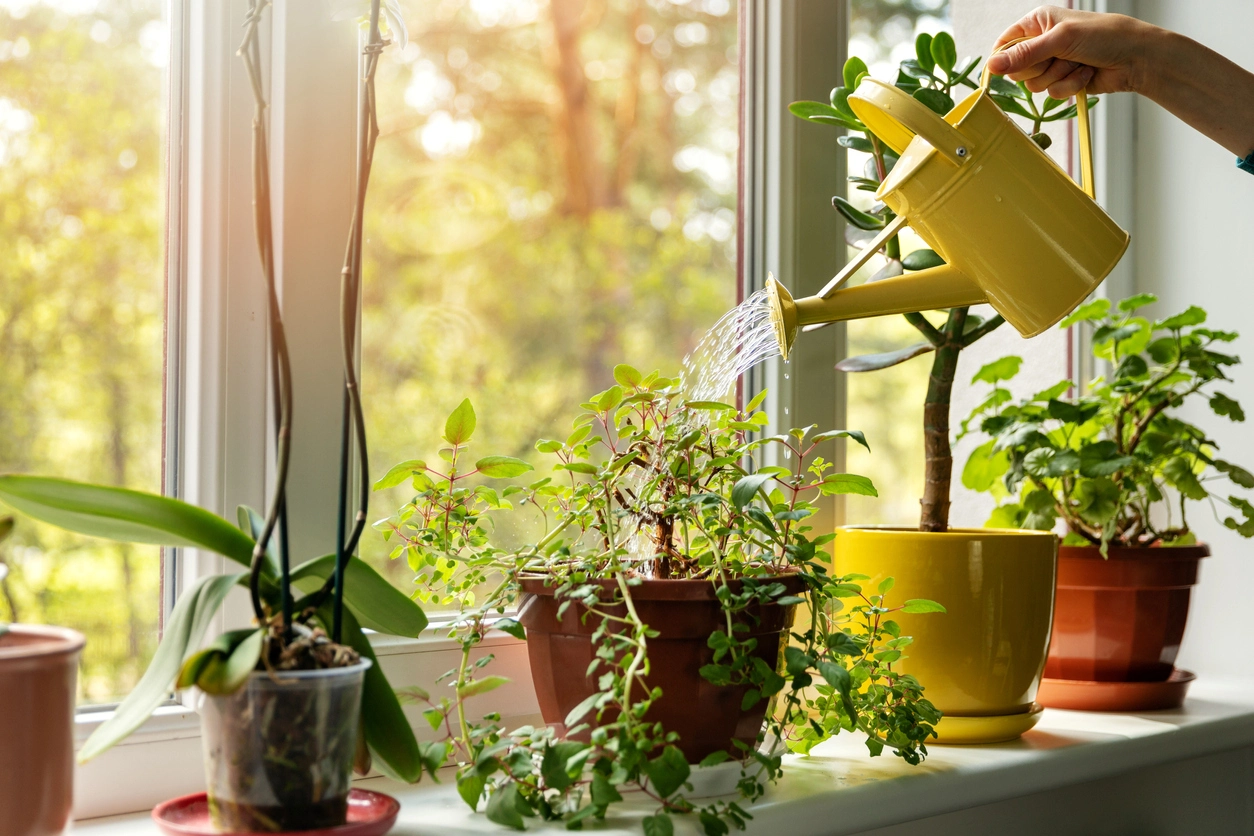
How much light?
Providing your plant with the right amount of light is the most important thing and it’s crucial for their long-term health.
- Firstly, check the specific light requirements of your plant.
- Plants do best when you mimic their natural environment. Most houseplants originate from jungle canopies which has dappled sunlight, therefore they require bright, filtered light. Your plants will burn if overexposed to direct sunlight – so best to keep away from windows in spring and summer.
- However, as the light drops in winter, some plants benefit from being moved to a lighter position.
- Plants also benefit from being turned 90 degrees every few days, so each side receives sufficient sun and grows evenly.
- Clean leaves regularly to increase the amount of light that reaches the plant.
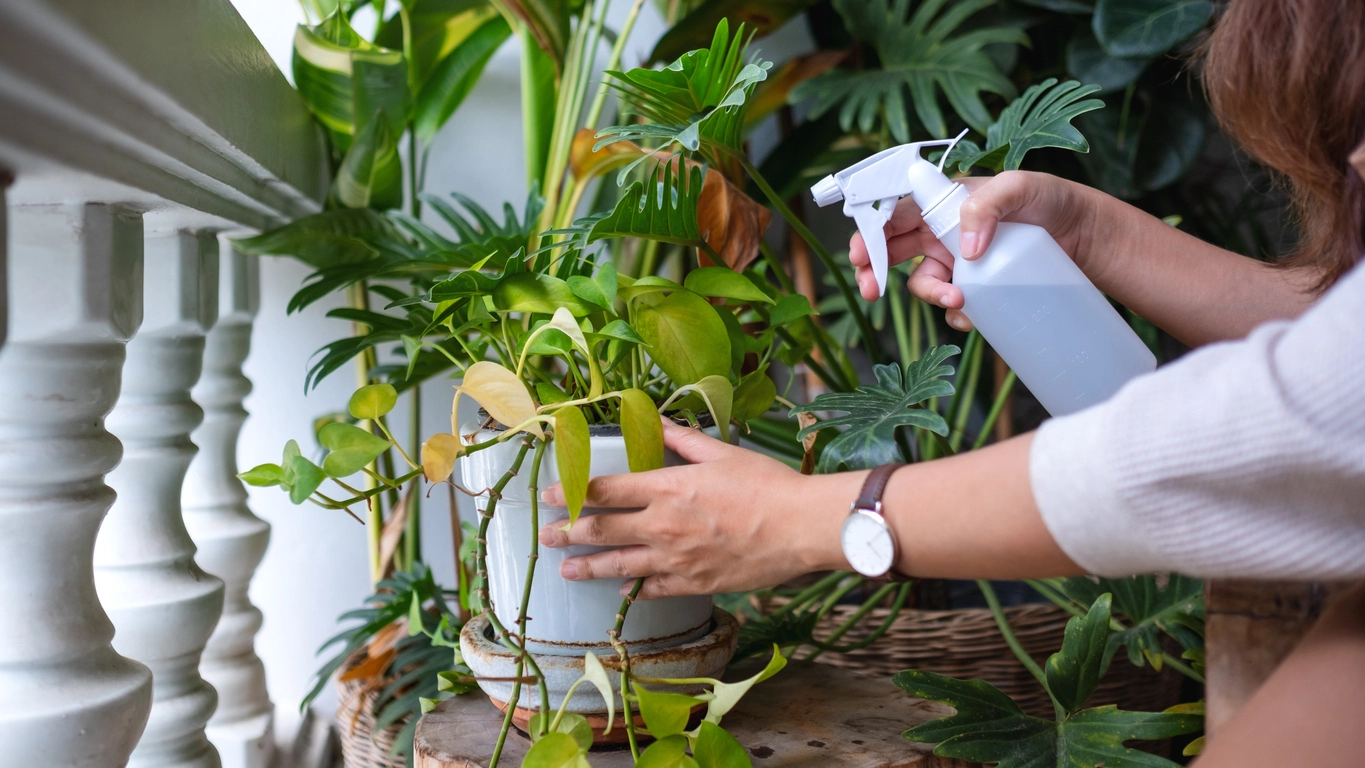
Humidity levels in your home
Most houseplants come from the tropics where humidity is higher than in our homes so it’s important to get the humidity levels right. Here’s a short guide.
High humidity:
This means that the air is saturated with moisture. Tropical plants like Calatheas, Anthuriums, Monsteras, ferns etc. thrive in this atmosphere. Central heating dries the air out, so if you love these plants, place them in a humid kitchen or bathroom, use a humidity tray or invest in a room humidifier.
Moderate humidity:
This is required by many houseplants, including a large number of foliage plants. Misting them regularly, setting them on a tray of damp pebbles or grouping them together (which creates a microclimate) helps boost humidity to the correct level.
Low humidity:
Most rooms in centrally heated homes have low levels of air moisture. Plants from arid regions (such as cacti, succulents, and those from Mediterranean areas) are adapted to these conditions.
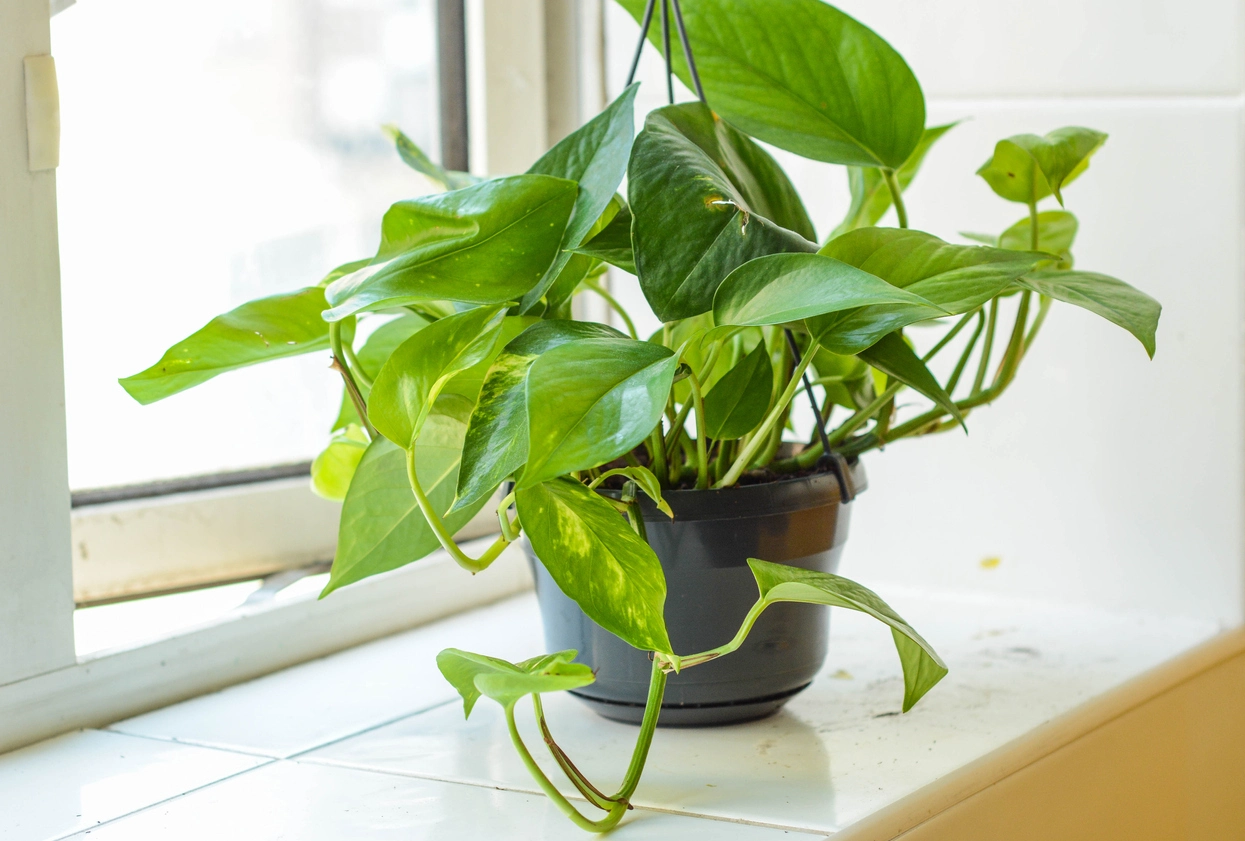
How warm or cold?
Most houseplants will grow quite happily in our warm homes but always check your plants’ specific needs.
A general rule is that they prefer a daytime temperature of 15 - 24C degrees with a drop of a few degrees overnight; this mimics their natural environment.
A few things to consider:
- Keep tropical plants away from heat sources such as radiators and fires and draughty areas, such as doors.
- Windowsills can fluctuate a lot in temperature. They can become extremely hot in the summer and chilly during the winter (do not trap plants between the window and curtains at night in the winter).
- Heat rises, which mean that rooms will be warmer closer to the ceiling. Water and mist hanging plants more frequently than others in the same room.
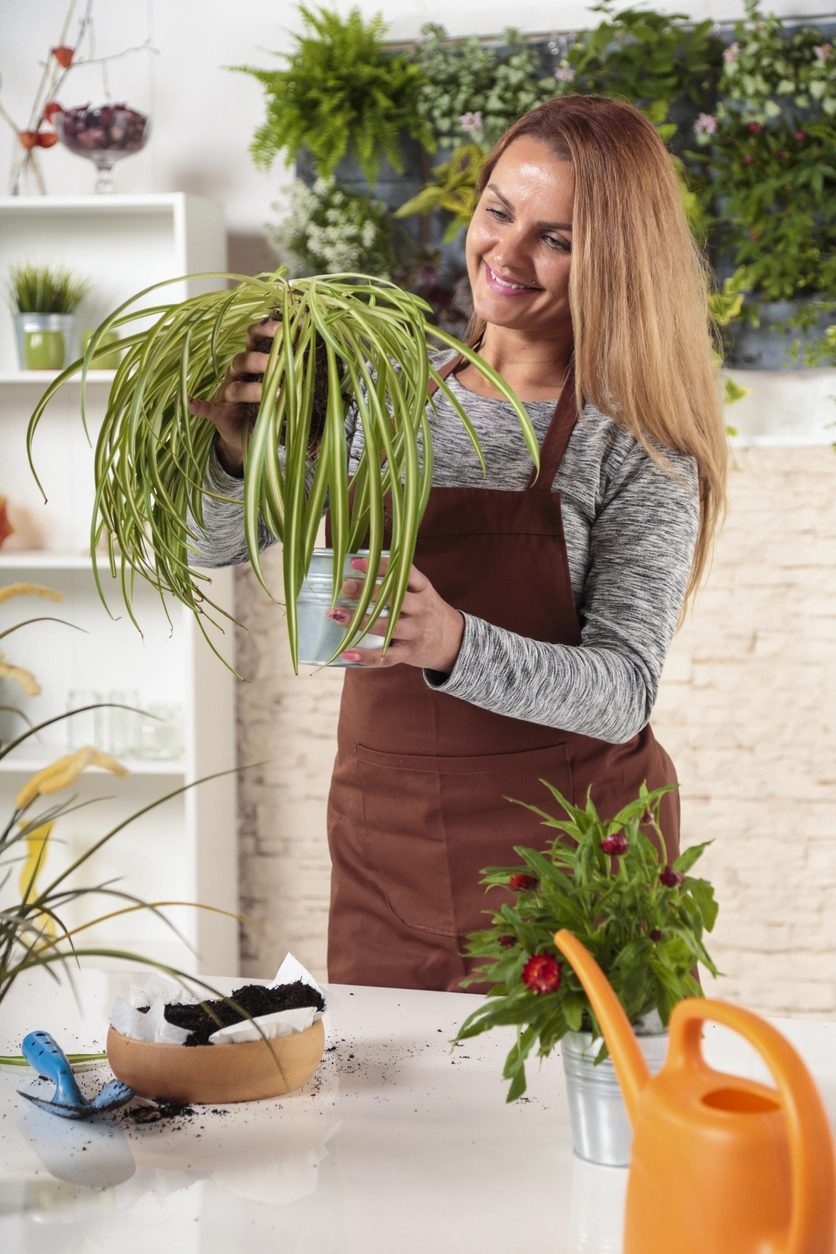
When to re-pot?
How to tell a plant needs re-potting?
- Waterlogged compost which mainly happens if the plant lives in a pot which has no drainage. In this case the plant will need to be re-potted into a different container.
- Roots are growing through the drainage holes which is suggesting that the plant is root-bound.
- Roots are tightly encircling the sides of the root ball when you tip it out.
- The leaves are pale or yellow which might be a sign that the roots are congested and unable to take up nutrients efficiently.
- The plant is wilting, which may also be a sign of congested roots.
How to re-pot a plant:
- Water the plant well about half an hour before re-potting it.
- Choose a new pot that is wide and deep enough to fit the root ball, with some space around the edges and at the top, to allow for watering. This usually a pot size bigger than the container in which it is currently in, with drainage holes at the bottom to allow excess water to filter out.
- Add a layer of compost to the bottom of the new pot.
- Remove the plant from its original container and gently tease out the roots that are tightly packed around the edges or at the bottom.
- Make the plant sit on the top of the compost in the centre of your new pot (checking that the top is sitting 1cm below the rim which allows space for water whilst watering).
- Fill in around the roots with more compost, pressing it down gently to remove any air gaps.
- Make sure you don’t burry the stems. The plant should be the same depth as it was in its original pot.
- Water it (even feed it) once you finished re-potting.
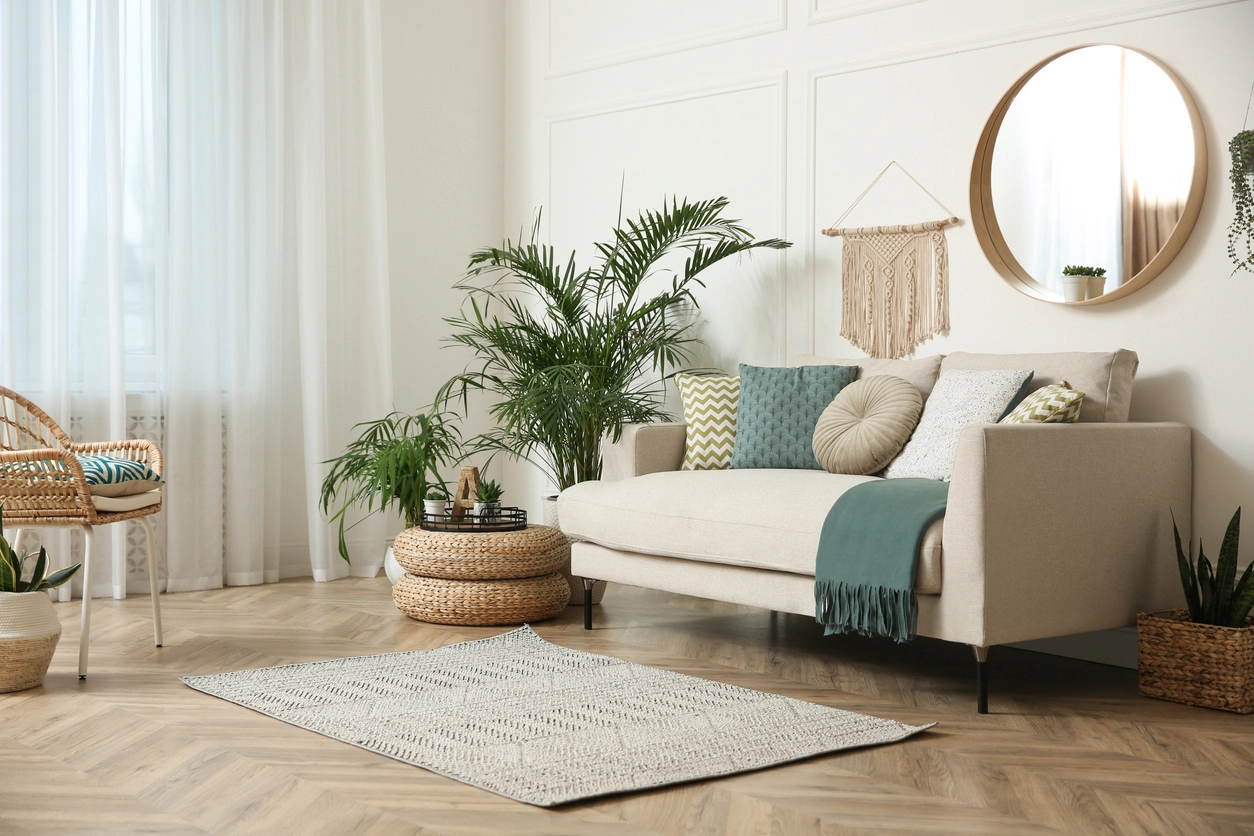
Plant positioning
The pictures below will help you to understand the light levels in your home. The closer you get to windows or doors, the brighter the light and of course the further away, the lower the light becomes.
